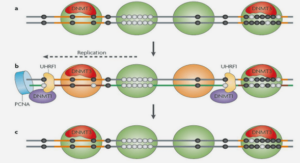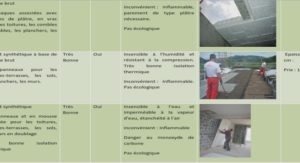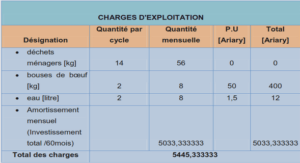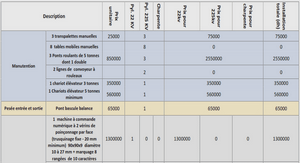Résumé
Une nouvelle méthode de synthèse de nanozéolithe en milieu organique utilisant le formamide et le toluène comme milieu de cristallisation a été développé. Ces deux solvants ont été utilisé à la place de l‟eau, en présence d‟agent de silylation. L‟effet des solvants organiques est majeur dans la synthèse des nanozéolithes. Le formamide qui a des propriétés similaires à l‟eau est un bon candidat de solvant pour la synthèse de nanozéolithes. Cette méthode de synthèse nous facilite le contrôle de la taille des nanoparticules des zéolithes. Dans cette étude, nanoparticules de zéolithe avec différentes tailles; 25, 40 et 100 nm ont été préparées dans le toluène et le formamide agissant comme solvant. À fin d‟étudier l‟effet de la taille des nanoparticules zéolithiques sur l‟activité catalytique, une série de nanozéolithes a été utilisée pour le craquage catalytique. Les résultats montrent une très bonne corrélation entre les tailles des nanozéolithes et l‟activité catalytique. Les nanozéolithe de taille petite ont montré une activité catalytique supérieure à celle des nanozéolithe de taille supérieure.
Introduction
Nanozeolites with the size of less than 200 nm have received much of interest recently, because of their great potential applications not only in catalysis and adsorption, but also in a variety of new applications including chemical sensing, medicine, optoelectronics etc. [1, 2]. The decrease in the crystal sizes results in higher external surface areas, reduced diffusion path lengths, and more exposed active sites, which have an impact on the performance of the nanosized zeolites as compared to that of conventional zeolites of which the size is often of microns [1, 3]. Besides the well known applications of such zeolites in catalysis and adsorption, nanozeolites can also find their applications as seeds and as building blocks for the preparation of mesoporous zeolitic materials [1, 4-9]. Crystalline structure of zeolites with tridimensional network of well-defined micropores (pore diameter less than 15 Å) brings both (i) advantage and (ii) disadvantage. (i) This feature provides zeolite with a consistent adsorption behavior toward guest molecules. Only molecules of size less than or equal to pore size aperture can have access to the vast internal surface area of zeolites. Thus, when the catalytic reaction occurs inside the zeolite pores, zeolites can exhibit high selectivity toward small guest molecules [2, 10, 11]. (ii) However, the unique catalytic properties of zeolites are limited to reactant molecules having kinetic diameters below 15 Å, due to the pore size constraints. Reactions involving large molecules on zeolites hence must resort to only the external surface of zeolite.
The use of nanosized zeolites could overcome this limitation, the ratio of external to internal number of atoms increases rapidly as the particle size decreases, and zeolite nanoparticles have large external surface areas and high surface activity. The external surface acidity is of importance, when the zeolite is used as catalyst in reactions involving bulky molecule. The nanosized zeolites could bring better performance due to a high accessibility of active phase and high external surface area. For example, in catalytic cracking of gas oil, most of the hydrocarbon molecules are barred from zeolite pores and thus only the external surface of zeolite contributes to the gas oil conversion. Most of cracking of these molecules is realized on the interface of zeolite–matrix component of the FCC catalysts [13, 14]. Rajagopalan et al. have shown that in cracking gas oil, when the crystallite size of zeolite decreases, both conversion and selectivity clearly increase .On this aspect, the use of nanozeolites is a workaround and an improvement for FCC catalysts. Since the external surface of nanozeolites is expectedly higher and this type of surface is accessible, cracking of large hydrocarbon molecules on nanozeolites with high efficiency is possible. Hence a study of a nanozeolite-based FCC catalyst is of great interest.





